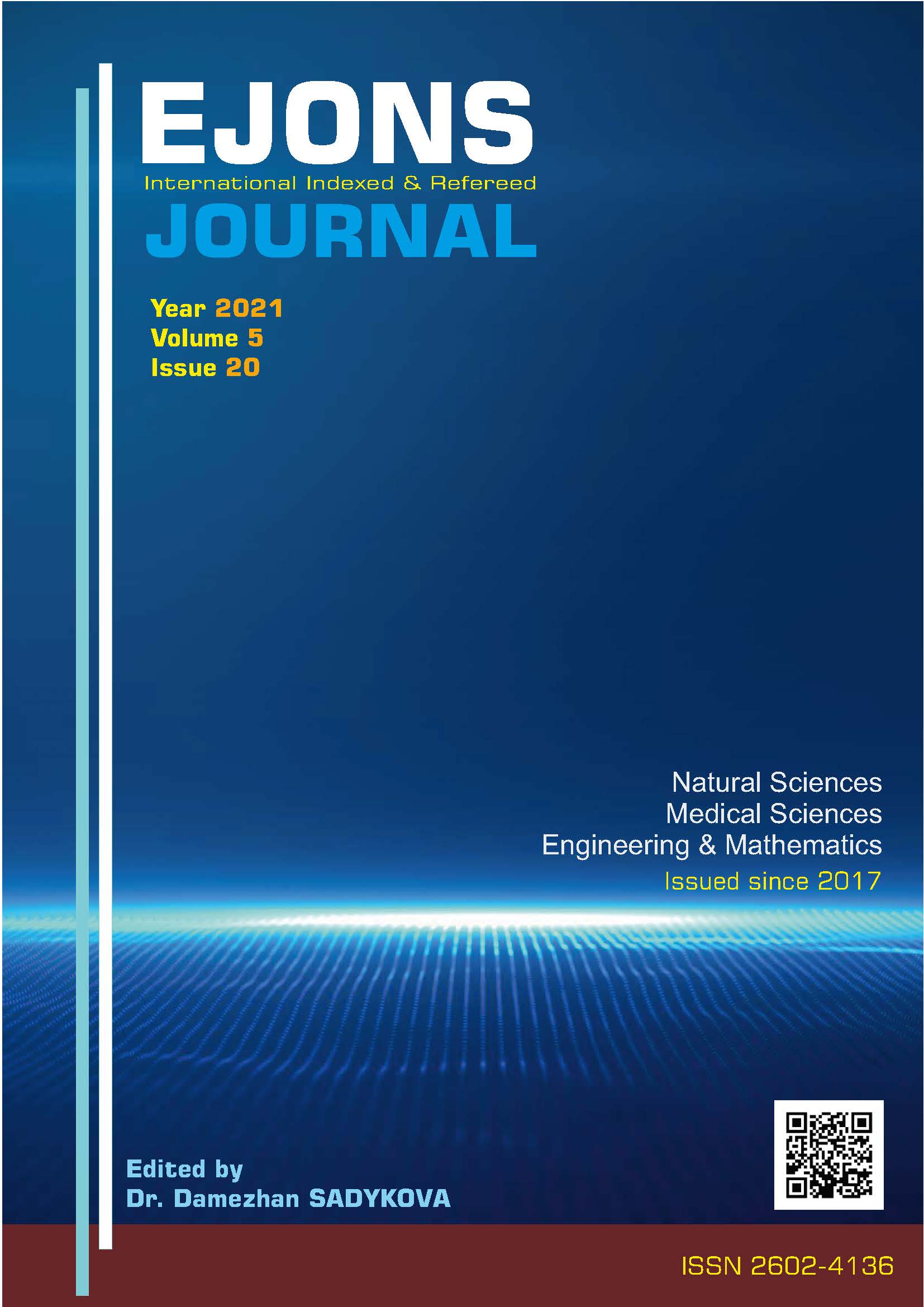Some Morphological Characteristics of Sebek Valley Hawthorn Genotypes
DOI:
https://doi.org/10.38063/ejons.489Keywords:
Yozgat, Sebek Valley, Hawthorn, MorphologyAbstract
Having 1225 genera and 9000 taxa belonging to 163 families in its flora, Turkey has 3000 endemic species in its geography. These genetic resources are listed among the natural riches of countries, and countries that do not properly claim their genetic resources have to buy these riches from other countries. For these reasons, the detection, protection and use of genetic materials are very important. Hawthorn (Crataegus spp.) is one of the most important wild fruit species naturally spread in our country. Hawthorn (Crataegus spp.), belonging to the Rosaceae family, is a wild plant that has been used for medicinal purposes since ancient times, with high nutritional properties and potential to be cultivated. The hawthorn plant, which grows naturally in various regions of Turkey such as Aegean, Eastern Anatolia, Southern, Central and Northern Anatolia, shows various morphological characteristics. It is reported that the diversity is via hawthorn-eating birds or mammals, and there may still be undescribed forms. This study was carried out in Sebek Valley in Yozgat Aydıncık district in 2019-2020. Sebek Valley is an important genetic resource region with its vegetation (wild hazelnut, oak, hornbeam, linden, berry, hawthorn, juniper, beech etc.) and microclimate. The lowest point of the valley is 900 m, while the highest point has an altitude of 1550 m and the valley stretches for 7 km. The hawthorn population in the valley was investigated pomologically and morphologically and among 30 genotypes 10 genotypes were determined as precious. In this study, general appearance, shoot, leaf and flower characteristics of 10 genotypes were examined by considering UPOV criteria. Tree growth type, plant habit, shape of canopy, plant height and density of foliage were investigated in general appearance characteristics. Within the scope of the morphological characteristics of the shoots, the presence of thorns, if any, their number and length were examined, and the growth type and length of the shoots were also evaluated. Margin, presence of lobes, pubescence and surface structure of leaves were investigated in leaves of genotypes. In flowers, flower type, petal colors, attitude of petals and arrangement of petals were examined.
Downloads
Published
How to Cite
Issue
Section
License

This work is licensed under a Creative Commons Attribution-NonCommercial 4.0 International License.


